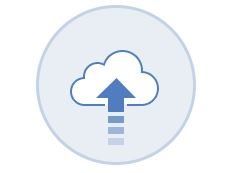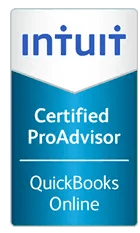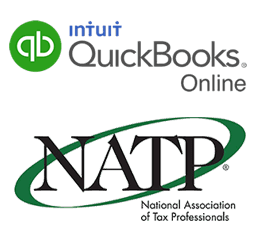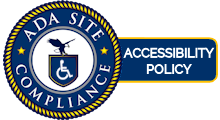Layoffs, Furlough, Unemployment, EIDL and PPP
Renee Daggett • April 1, 2020
The past few weeks have been days none of us would have ever imagined! I hope you and your family are doing well.

Businesses are expected to see significant revenue losses due to
Covid-19 and many individuals and business owners are overwhelmed with the choices of what they should do.
Here is a summary of some of your options:
Layoffs :
Layoffs may be unavoidable. This is where an individual is separated from the company they have been working for. When a layoff is communicated to the employee, the employer needs to pay out their vacation pay. The employer is more likely to lose these team members and will have to hire new employees once their business picks up again.
Layoff if you are 100% sure you will not rehire the employee.
Furloughs:
Furloughs might be a good alternative to laying off team members. In a furlough, this is a temporary, unpaid leave. This option might give the employer time to weather the coronavirus storm, by reducing payroll costs, but also allows employers to bring back the furloughed worker where they left off. At the time of furlough notification, the team member can file for unemployment. If a business does not want to pay FMLA or Emergency Sick Leave, it is best to furlough team members by March 31st.
Covid-19 and many individuals and business owners are overwhelmed with the choices of what they should do.
Here is a summary of some of your options:
Layoffs :
Layoffs may be unavoidable. This is where an individual is separated from the company they have been working for. When a layoff is communicated to the employee, the employer needs to pay out their vacation pay. The employer is more likely to lose these team members and will have to hire new employees once their business picks up again.
Layoff if you are 100% sure you will not rehire the employee.
Furloughs:
Furloughs might be a good alternative to laying off team members. In a furlough, this is a temporary, unpaid leave. This option might give the employer time to weather the coronavirus storm, by reducing payroll costs, but also allows employers to bring back the furloughed worker where they left off. At the time of furlough notification, the team member can file for unemployment. If a business does not want to pay FMLA or Emergency Sick Leave, it is best to furlough team members by March 31st.

Reduce Hours or Pay cuts:
Before any hasty decision is made, an employer may want to consider reducing staff hours or cutting pay, if needed. Employers are allowed to cut employee pay during a business or economic shut down up to 25%. One option I feel might work for many businesses is to reduce hours for hourly employees and have their team member file for unemployment to make up for the hours not worked. For example, if you are an hourly employee working 40 hours a week, you can work 25 hours at your current job, but file for unemployment for the remainder of the 15 hours not worked.
Unemployment :
If you layoff, furlough or reduce hours for any team members, please encourage them to file for unemployment immediately following the notification. Unemployment is now also available for the 1099 worker, where it was not available to independent contractors before now. Unemployment can also be filed by the one-person owner S-corp. The best news about unemployment is that employees will receive what they normally qualify for PLUS an additional $600/week. Unemployment is for 26 weeks and an additional 13 weeks of pandemic emergency unemployment compensation through December 31, 2020 is available.
Unemployment :
If you layoff, furlough or reduce hours for any team members, please encourage them to file for unemployment immediately following the notification. Unemployment is now also available for the 1099 worker, where it was not available to independent contractors before now. Unemployment can also be filed by the one-person owner S-corp. The best news about unemployment is that employees will receive what they normally qualify for PLUS an additional $600/week. Unemployment is for 26 weeks and an additional 13 weeks of pandemic emergency unemployment compensation through December 31, 2020 is available.
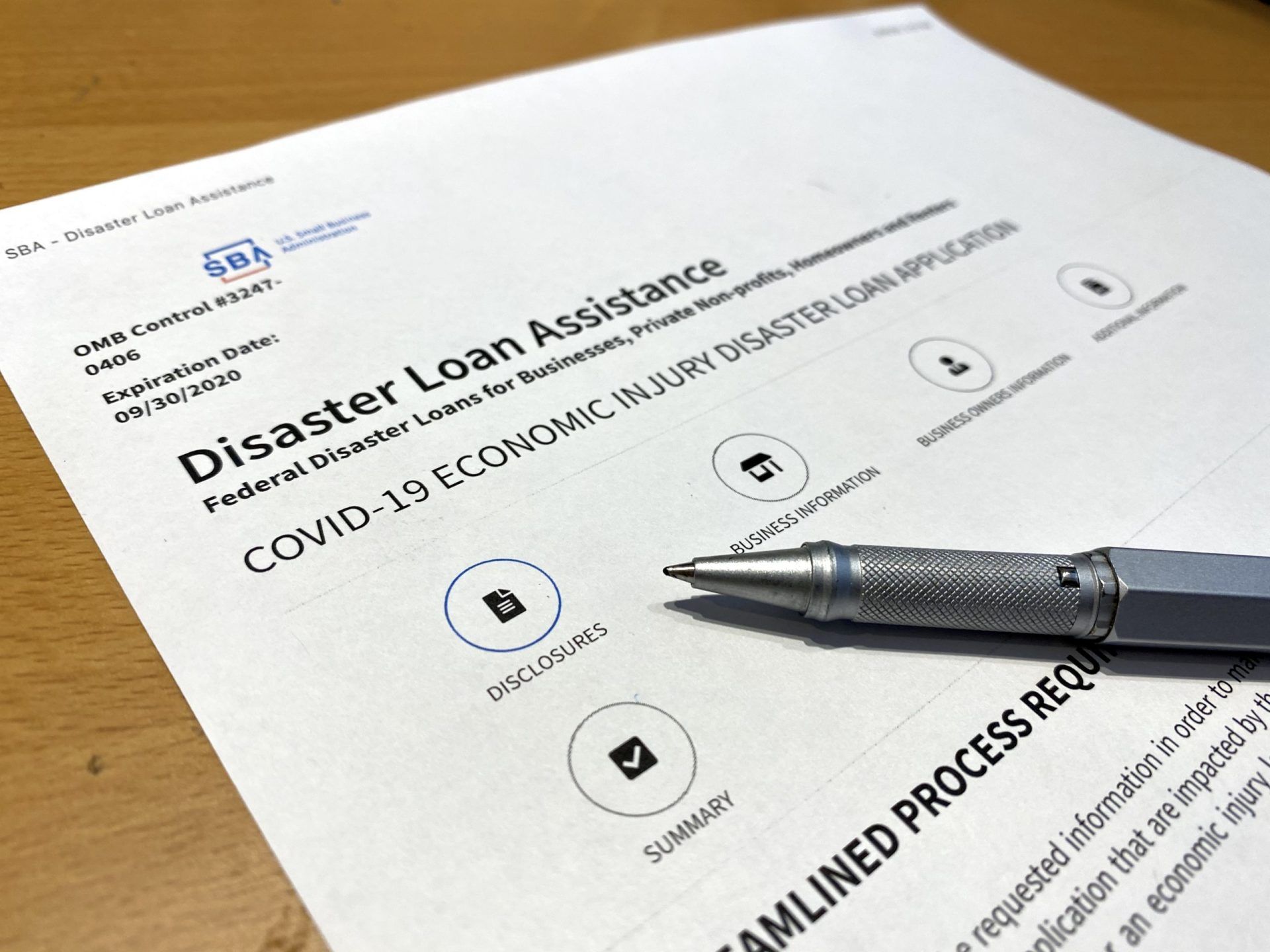
Disaster Loan Assistance (EIDL) with SBA
:
- Business can get $10k within 3 business days; deadline to file application is Dec 16, 2020; it is for the first 1 million people who apply
- Apply on SBA website, providing basic information: Disaster Loan Assistance (EIDL) with SBA
- Under 500 Employees
- Also applies for sole proprietorships, with or without employees OR independent contractors
- Applicant can also be a non-profit
- You can apply for this program along with the PPP mentioned below, as long as they don’t pay for the same expenses as the PPP, which would prevent the PPP from being 100% forgiven
- The emergency $10k is for those that have applied for disaster 7(b) SBA loan. If you are denied the loan, you do not have to repay the advance. If approved, you can choose to accept or cancel the loan.
- Payments will not be due for 6-12 months, terms are 3.75%, to be paid in 30 years, no fee to apply
- Must have collateral and personal guarantees for the loan portion
- Cannot be a farm, cannot be delinquent on child support, cannot be engaged in illegal activity, and a bunch of other areas
- $350 billion dollars set aside to help small business owners. It is really a grant!
- Apply to over 800 lenders, meaning banks will process the applications and payments
- This is a loan that is forgiven (does not need to be paid back NOR is it taxable to the business) if used to pay for payroll (under $100k per employee), rent/mortgage payments and utility payments over 8 weeks following approval of the loan through June 2020.
- No collateral or personal guarantee requirement
- Receive 2.5 times your average monthly payroll based on last 12 months up to $10 million
- Payroll costs include salary, wage, commission, tips, PTO, healthcare benefits, retirement benefits and payroll taxes.
- Independent contractors are included in the payroll costs
- For self-employed folks, it is the net earnings prorated for the last 12 months
- The money is for qualified expenses from February 15, 2020 to June 30, 2020
- Funds could take between 1 week to 1 month to receive
- Owner must document what funds were used for; no documentation, no forgiveness – keep good records!
- Loan forgiveness is strictly calculated and the owner will need to verify that the money was used to cover payroll. If you don’t meet the requirements, funds will need to be repaid in 10 years at a rate of 4%.
- Woman or minority-owned businesses will be given priority for this program

|
|
Here is a recording I did to help explain what this all means.
Click here
or on the picture below to watch!

|
|













